Federico Ashton (Milan, 1836 – Simplon Pass, 1904)
Alpine View
Oil on canvas, 60 x 35 cm
Contemporary frame 97 x 73 cm
Signed lower right in red
This Alpine view captures the essence of the painting of Federico Ashton (1836-1904), known as the ‘mountain painter’. Masterfully executed, the work depicts a mountainous landscape, in the centre of which stands a bare tree with a few yellow leaves tinging its branches, evoking the beginning of autumn. The alpine huts, green pastures and human figures blend harmoniously, creating a scene of serenity and natural grandeur. The artist's almost photographic precision and romantic sensibility make this painting a gem of 19th-century landscape painting. Faced with the majesty of nature, the human figure appears even smaller, almost invisible, such as the pair of figures, one on a donkey and one on foot, which almost merge with the mist slowly dissipating in the valley. Ashton combines the romantic lessons of his teacher Alexander Calame, with whom he studied in Switzerland, with the realism of Fasanotti, whose lessons he followed at Brera. The result is a landscape of obvious scenic effect, which, however, does not seek grandeur or sublimity, but rather a composure that is also found in the master's works, now on display in museums and private collections. An immediate example is the view of Pecetto di Macugnaga and Monte Rosa (1887), now in the Museo del Paesaggio in Verbania, where we find remarkable compositional and thematic similarities with the painting on offer, or the Cascata del Toce in Valle Formazza (1885-1890) on display in the exhibition Open: Armonie Verdi, organised by the Fondazione Cariplo.
Federico Ashton was born in Milan in 1836 to an English father and a Florentine mother. He abandoned his literary studies to devote himself to painting, enrolling at the Brera Academy, where he was a pupil of Gaetano Fasanotti. Influenced by the Swiss landscape painter Alexandre Calame, Ashton developed a style that combined fidelity to reality with a romantic sensibility. His works focus mainly on Alpine landscapes, particularly those of the Ossola valleys and the Canton of Valais. From 1872 to 1880, he moved to Rome, where he worked as an art teacher and later to Pallanza, on Lake Maggiore, where there was an important group of intellectuals and artists, including some of the leading exponents of Lombard Naturalism such as Daniele Ranzoni, Arnaldo Ferraguti, Achille Tominetti and his friend Eugenio Gignous. During this period, he exhibited at major exhibitions around the world, including Vienna (1873), New York and London (1874), Philadelphia and Santiago, Chile (1875). From 1892, he lived in Domodossola, the starting point for excursions into the Ossola and Swiss valleys, devoting himself to plein air painting, depicting valleys, mountain pastures, villages, passes and glaciers.
All our works are accompanied by a detailed certificate of authenticity.
Professional packaging and insured shipping to ensure maximum safety during transport.
For further information, please do not hesitate to contact us on +39 3335747733 – info@dequart.com
VIDEO CALLS and direct viewings are available by appointment in MILAN and OMEGNA (Vb).






























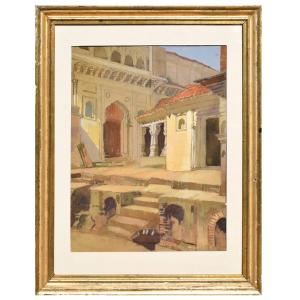
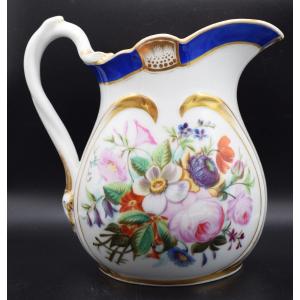





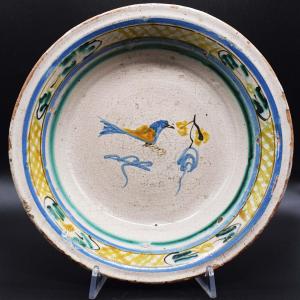



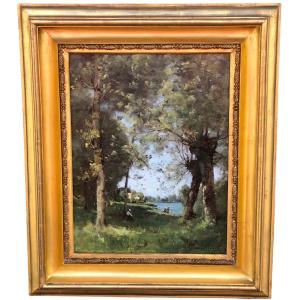

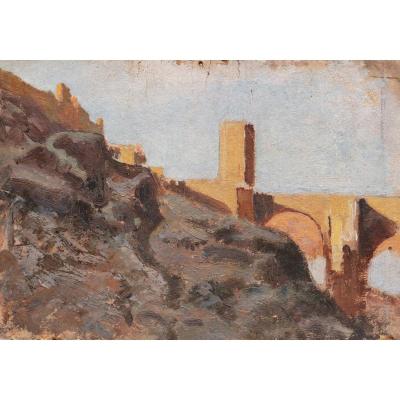





 Le Magazine de PROANTIC
Le Magazine de PROANTIC TRÉSORS Magazine
TRÉSORS Magazine Rivista Artiquariato
Rivista Artiquariato